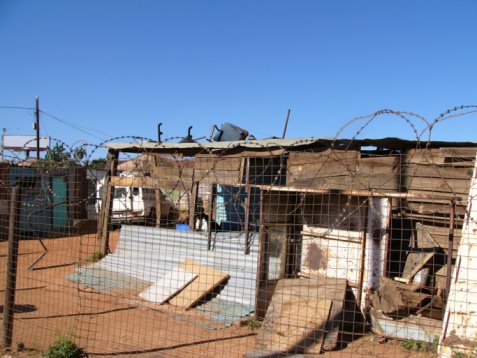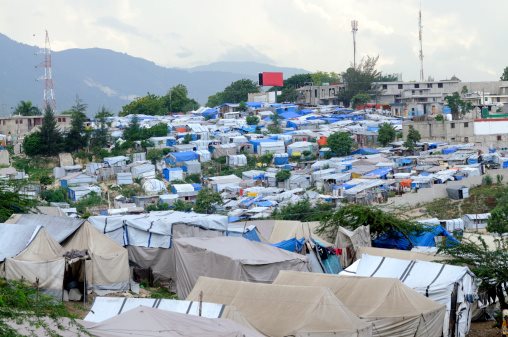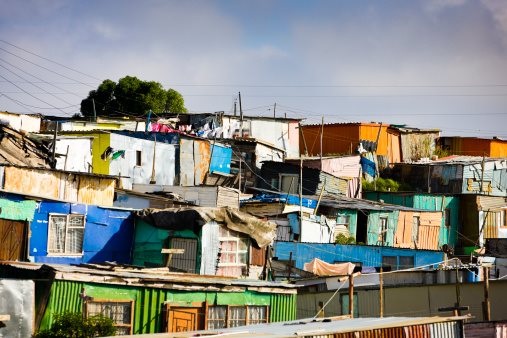Cambodian refugees

Cambodian Refugees: The Struggle for Survival
Introduction:
Cambodia, a small Southeast Asian country, has seen its share of hardships. From 1975 to 1979, the country was under the brutal regime of the Khmer Rouge, which resulted in the deaths of over 2 million Cambodians. As a consequence of this political upheaval, many Cambodian refugees fled their homes and sought asylum in other countries. Even though many years have passed since then, the impact of this tragedy on Cambodian refugees cannot be ignored.
The Journey of Cambodian Refugees:
For many Cambodian refugees, their journey to safety was fraught with hardship and danger. They had to leave behind their homes, their families, and everything they had known. Many of them crossed borders illegally and faced abuse, violence, and exploitation on the way.
Life in Refugee Camps:
Once they reached their destination, many Cambodian refugees found themselves in refugee camps where they spent years waiting for resettlement. These camps, located in Thailand and other neighboring countries, were often overcrowded, under-resourced, and lacked basic amenities. In these camps, Cambodian refugees struggled to survive and often experienced malnutrition, disease, and trauma.
Settling in a New Country:
For those lucky enough to be resettled, their journey was far from over. The process of resettlement involved adapting to a new culture, learning a new language, finding a job, and building a new life. Cambodian refugees faced significant adjustment issues, which included cultural differences, discrimination, and trauma-related mental health issues.
Impact on Cambodian Community:
The impact of the Cambodian refugee crisis is still felt by the Cambodian community living in other countries. Many families were separated during the crisis, and some have still not been reunited. Those who did manage to escape and rebuild their lives often did so without much support. The trauma of the past continues to haunt them, and they have to navigate the challenges of assimilating into a new culture.
Conclusion:
The journey of Cambodian refugees is a testament to the resilience and strength of the human spirit. Despite the difficulties they faced, they managed to rebuild their lives and contribute to their new communities. The Cambodian community has become an integral part of the host countries, and their contributions to society should be celebrated. It is essential to remember the struggles that Cambodian refugees faced in the past, to ensure that such tragedies are not repeated in the future.
Currently, residents of Cambodian descent comprise less than one percent of the population of the United States. Thus, in relative terms, Cambodian immigrationrefugeesmurderNevertheless, the nation and its people did survive, and relevant to the pursuit of immigration in America, there were approximately 150,000 Cambodian refugees that had made their way to American shores.
With such a large number of individuals arriving from Cambodia, while refugee status certainly needed to be conferred on them, there also needed to be an organized plan to integrate them into American society. It was not as if United States immigration officials could simply dump Cambodian refugees en masse in a particular neighborhood and hope that they could survive or that a particular metropolitan area could support them.
Consequently, a more tactical resettlement program for these Cambodian refugees was chosen. For the sake of efficiency without detriment to the economy, the refugees were spread out across the country. Eventually though, in coming over from Cambodia, refugee migrants would come to assimilate themselves in locations based on prior established communities of Cambodian refugees. Refugee statistics, indicate that the largest Cambodian refugee communities in the United States exist in California, Massachusetts, Washington and Texas.














